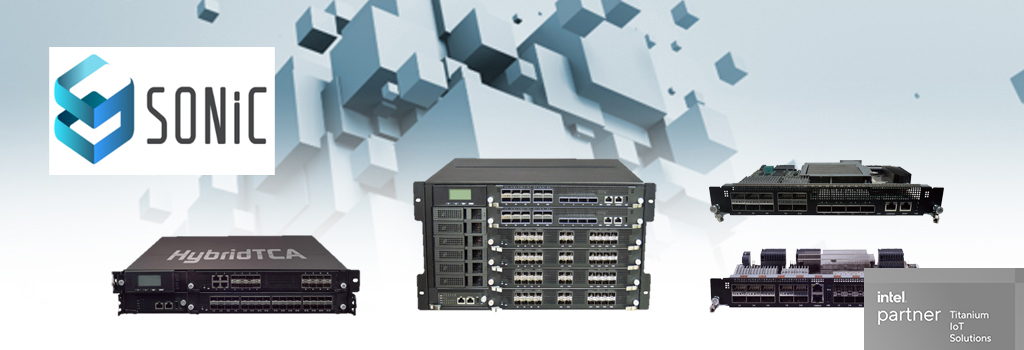Eagle-Lanner tech blog
The increased proliferation of the Internet of Things (IoT) continues to evolve and drive the promise of a connected world, from connected factories to connected office spaces to connected vehicles. Connecting vehicles continues to grow rapidly, and generates an enormous volume of data, and when this data is harnessed and analyzed, it presents a remarkable opportunity to make vehicles more efficient and roads safer, but one of the challenges is still limited to network capacity. A possible solution is multi-access edge computing (MEC), which can lower latency, offering massive bandwidth for processing and improves data transmission between vehicles and road infrastructure, reducing lag for critical decision making.
Read more: Multi-Access Edge Computing (MEC) Technologies Enables Connected Vehicles
With a steadily growing world population, increasing agricultural production, while also dealing with labor shortages and demand for eco-friendly nutritious products is a challenge farmer and the agriculture industry is currently facing. Farm automation, or “smart farming,” uses a variety of fine-tuned calibrations and tech innovations in traditional farming that makes farms more efficient, optimizes crop or livestock production process and improves product quality.
Read more: How Autonomous Farming Solutions Transform Agriculture Industry
In a nutshell, 5G AIoT is the concept that combines three hot technologies, 5G, AI, and IoT, into one. A 5G AIoT device is simply an IoT device capable of performing AI at the network edge. It also supports 5G mobile wireless so that it can send massive amounts of data and act in real-time.
Read more: What is 5G AIoT (Artificial Intelligence of Things)?
Smart trains with modern core technology and integrated Internet of Things (IoT) technology will greatly benefit from rich data and insights on controlling diagnostic, communication, and monitoring functions to adapt to increasing demand, legacy infrastructure capacity limitations, and growing passenger experience expectations.
Read more: Enabling Technologies for Smart Trains Edge Computing
Software for Open Networking in the Cloud (SONiC) is an open-source network operating system (NOS) based on Linux that runs on a collection of software networking components, such as switches from multiple vendors and ASICs, to build a full suite of network functionality. Large cloud-service providers, and hyperscalers need to build their own network from the ground up with high scalability and management, and SONiC provides the flexibility to create the network solutions they need while also leveraging the collective strength of a large ecosystem and community.
As the edge computing market continues to grow and evolve, there is an even greater need for high-performance processors with IoT-centric features, while at the same time, wireless devices also make managing security across multiple platforms more complicated. External threats are growing in complexity and precision, including firmware attacks, ransomware, identity theft, cyber espionage, and DDoS attacks.
Read more: Hardware-based Security Features Below the Operating System
As mobile network operators (MNOs) face rising network operation costs, working on digital maturity and network lifecycle management and moving towards 5G network architecture and services have seen the adoption of Open RAN approaches rapidly increasing every year.
Read more: Open RAN Solutions Optimize Total Cost of Ownership (TCO)












